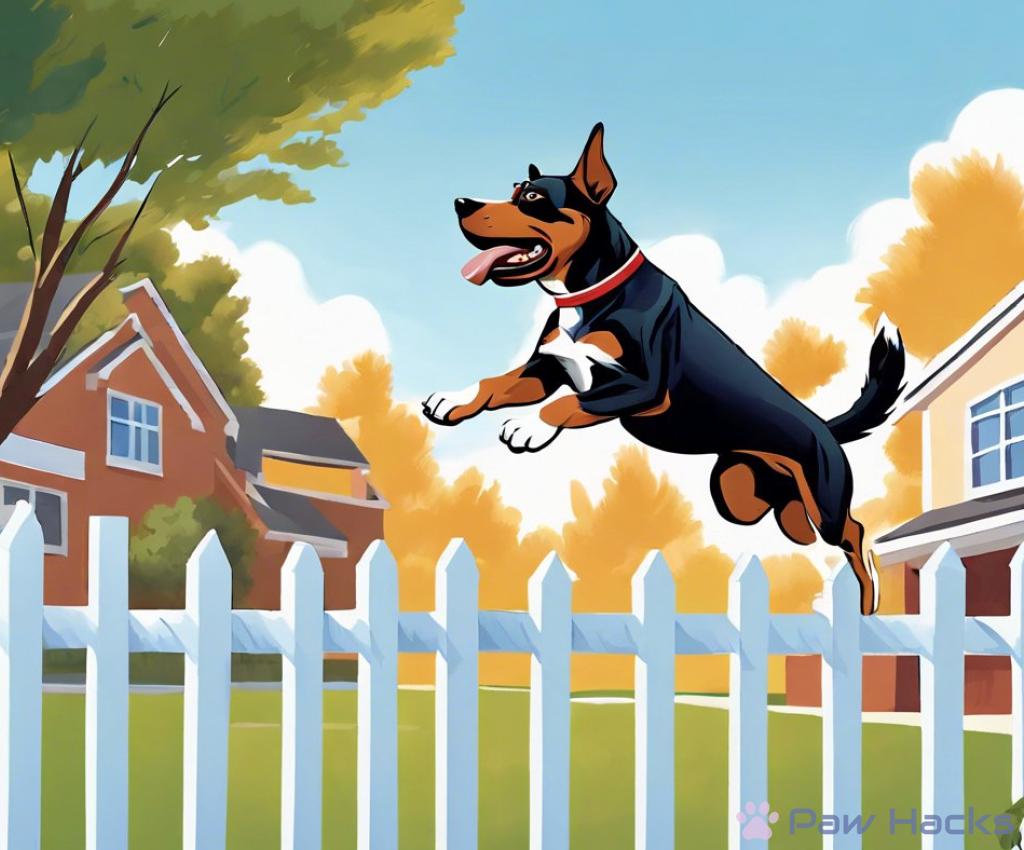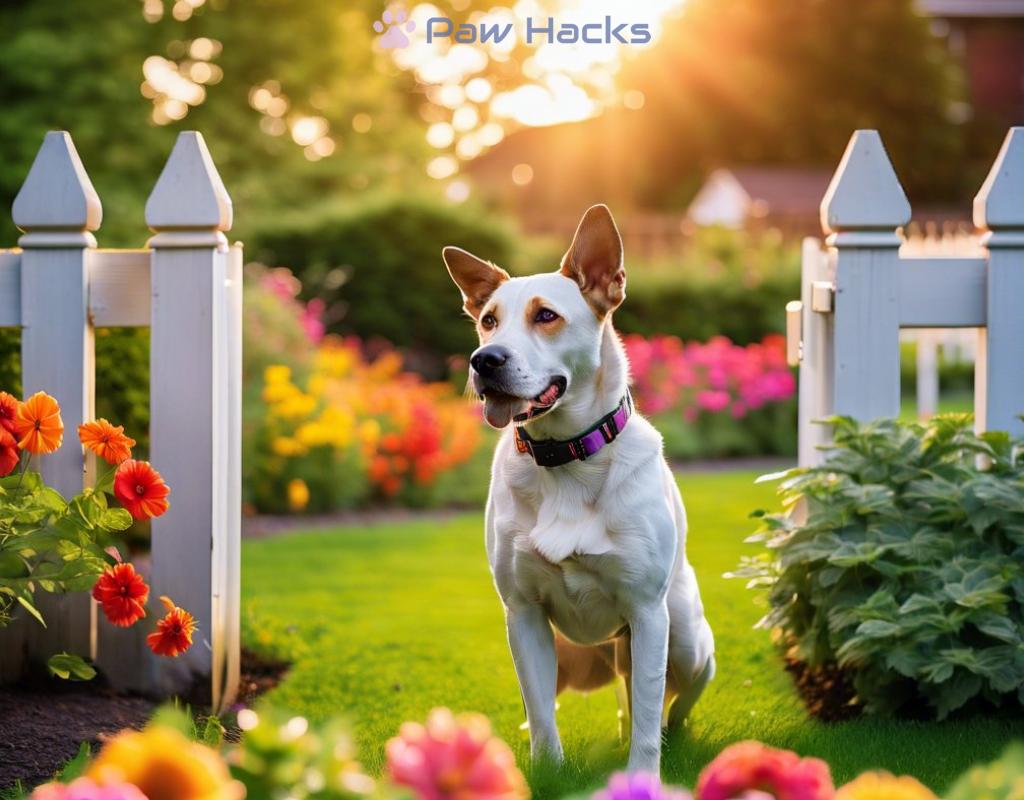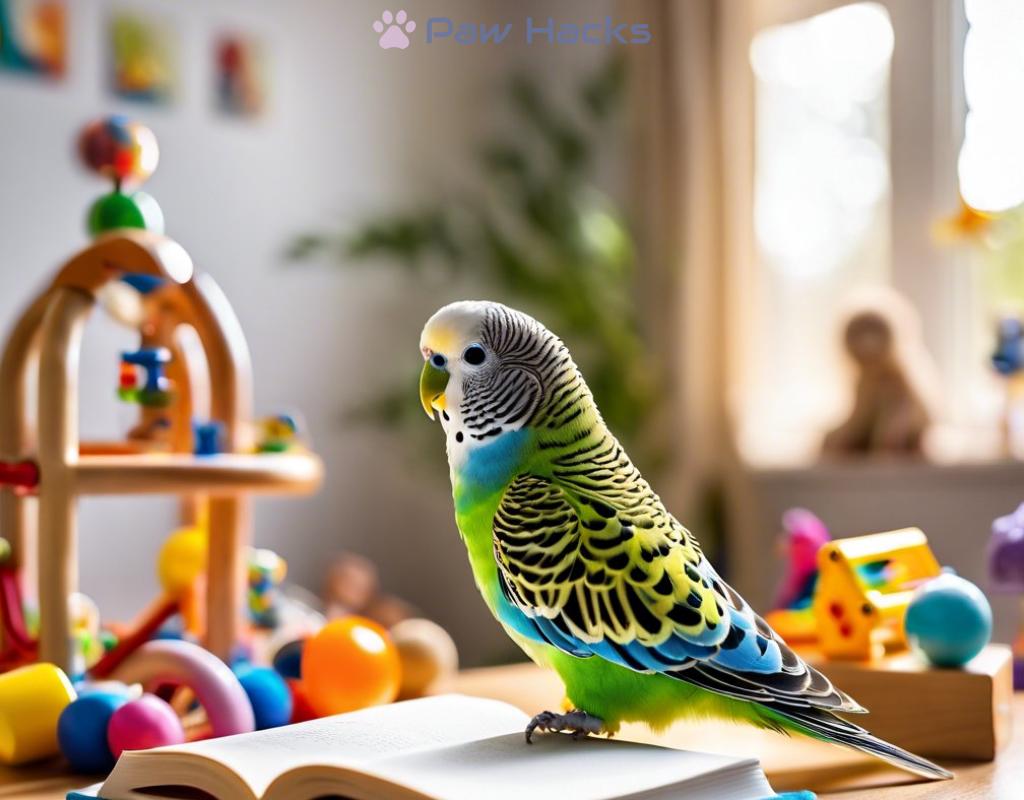Stopping Dogs from Jumping Fences
Understanding Why Dogs Jump Fences: The Root Causes

Dogs are naturally curious creatures. Their inquisitive nature drives them to explore the world around them, and sometimes, that means jumping fences. Understanding this behavior is essential for dog owners. Curiosity can lead them to chase after exciting scents, other animals, or even humans walking by. This desire to explore can often result in a dog jumping over a fence if they see something enticing on the other side.
Dogs are social animals that thrive on companionship. When left alone for long periods, they may feel anxious and seek ways to escape. Separation anxiety can be a significant factor in why dogs jump fences. They may jump to find their owners or to join other dogs or people they see nearby. Recognizing the signs of separation anxiety and providing adequate social interaction can help mitigate this behavior.
Another reason dogs may leap over fences is territorial behavior. Many dogs instinctively want to protect their home and family from perceived threats. When they see another animal or person approaching, they may feel the need to defend their territory, leading them to jump the fence. Understanding your dog’s natural instincts can help in training them to feel secure without needing to jump.
Understanding the Root Causes of Fence Jumping:
- Curiosity: Dogs want to explore their environment.
- Separation Anxiety: Dogs seek companionship and may escape when left alone.
- Territorial Behavior: Dogs may jump to protect their home from perceived threats.
By recognizing these root causes of jumping behavior, dog owners can take preventive measures and provide a safer, more secure environment for their pets.
Effective Training Techniques to Curb Fence Jumping
Dog owners often face the challenge of their pets jumping over fences, which can lead to dangerous situations. Implementing effective training techniques is crucial to curb this behavior. By utilizing a combination of positive reinforcement, proper exercise, and environmental adjustments, owners can significantly reduce their dogs’ urge to jump fences. Below are some proven strategies to help manage this common issue.
One of the most effective methods to discourage fence jumping is positive reinforcement. This technique involves rewarding your dog for staying within the boundaries of your yard. When your dog remains calm and does not attempt to jump, offer treats, praise, or playtime as a reward. This creates a positive association with staying put rather than escaping. Consistency is key; make sure to reinforce this behavior every time they respect the fence.
Another significant aspect of preventing fence jumping relates to providing adequate mental and physical stimulation. Dogs with excess energy are more likely to seek out adventures beyond the confines of their yard. Ensure your dog gets a sufficient amount of daily exercise through walks, playtime, and interactive games. A well-exercised dog is less likely to engage in unwanted behaviors, including jumping fences.
Sometimes, the environment itself can be a trigger for fence jumping. Consider making modifications to your yard to lessen the appeal of what lies beyond the fence. Planting shrubs or erecting visual barriers can block your dog’s view of distractions outside, such as passing cars or other animals. Additionally, checking the height of your fence may be necessary; if your dog is a jumper, a taller fence could help keep them safe and secure within your yard.
Physical Solutions: Building a Dog-Proof Fence
When it comes to keeping our furry friends safe, one of the most effective approaches is to ensure that the fencing around our yards is not only sturdy but also thoughtfully designed. By implementing a dog-proof fence, owners can create a secure environment that reduces the chances of their pets escaping. A well-constructed barrier can be a game changer in managing the jumping tendencies of dogs, allowing them to roam freely within their boundaries without the risk of wandering off.
Understanding the Key Features of a Dog-Proof Fence
Building a dog-proof fence requires careful consideration of various factors. First and foremost, the height of the fence is critical. Most dogs can jump surprisingly high, so a fence that stands at least six feet tall is often recommended for larger breeds. Additionally, the material used is equally important; opting for solid materials like wood, vinyl, or chain-link can discourage jumping and enhance durability.
Incorporating Design Elements for Success
Beyond height and material, the design of the fence can further minimize the likelihood of jumping. For instance, adding an inward slant at the top of the fence can create a barrier that dogs find difficult to climb over. Moreover, ensuring that there are no footholds or ledges that dogs can use to gain leverage is vital. The installation of fencing that does not allow for easy climbing can make a significant difference.
Addressing Digging: An Often Overlooked Aspect
Another important element is to consider the possibility of your dog digging under the fence. To combat this, burying the bottom of the fence several inches underground can deter dogs from attempting to escape. Additionally, using concrete or other solid barriers at the base can further prevent digging and keep your dog secure.
Table: Comparison of Fencing Materials
| Material | Durability | Height Potential | Cost |
|---|---|---|---|
| Wood | High | Up to 8 ft | Moderate |
| Chain-link | Moderate | Up to 6 ft | Low |
| Vinyl | High | Up to 6 ft | High |
In summary, constructing an effective dog-proof fence involves a blend of height, material choice, design features, and consideration of digging. By investing time and resources into building a secure fence, dog owners can significantly reduce the chances of their pets jumping over and ensure a safe and happy environment for their beloved companions.
Creating an Engaging Backyard: Keeping Your Dog Entertained
Designing a backyard that captivates your dog’s interest is essential for preventing unwanted fence jumping. A well-engaged dog is less likely to seek adventure beyond the confines of your yard. By incorporating various elements that stimulate both the mind and body, you can create an environment that keeps your furry friend happily occupied right at home.
Creating interactive play areas within your backyard can significantly reduce your dog’s urge to jump fences. Consider setting up agility courses, which can include tunnels, jumps, and weave poles. These physical challenges not only keep your dog engaged but also provide necessary exercise. Moreover, introducing toys that encourage independent play, such as treat-dispensing puzzles, can keep your dog mentally stimulated while you attend to other tasks. Remember, the more fun your dog has in the yard, the less likely they are to venture out.
Transforming your backyard into a mini oasis can be a game changer for your dog. Incorporate elements like a digging pit filled with sand or soil, which allows your dog to indulge their natural digging instincts without the risk of escaping. Additionally, planting dog-safe herbs and flowers can create an enticing and aromatic environment. Not only does this enhance the aesthetic appeal of your yard, but it also provides sensory stimulation. A dog that is engaged with their surroundings is generally less prone to jumping fences, as they find joy in exploring their own backyard.
In conclusion, a backyard that is both engaging and stimulating is vital for keeping your dog entertained and reducing their desire to jump fences. By integrating interactive play areas and enhancing your outdoor space with natural elements, you can create a secure haven for your pet. Remember, a happy dog is a dog that stays home!
Safety First: Preventing Injuries from Fence Jumping
Ensuring the safety of our furry companions is paramount, especially when it comes to preventing injuries related to fence jumping. Dogs, driven by curiosity or anxiety, may attempt to leap over barriers that can lead to serious harm. Understanding the risks involved and taking proactive measures can not only enhance their safety but also provide peace of mind for pet owners.
Before addressing the issue of jumping, it’s vital to assess your yard for potential hazards that could pose a threat to your dog. Look for any sharp objects, uneven ground, or hazardous materials that may be present near the fence line. By eliminating these dangers, you can significantly reduce the risk of injury should your dog attempt to jump. It’s also important to ensure that the area on the other side of the fence is safe, as dogs can be injured by traffic, other animals, or even unfriendly humans.
While physical barriers play a crucial role in keeping dogs confined, training is equally important in preventing injuries related to jumping. Encouraging your dog to respect boundaries through consistent training can reduce the urge to escape. Employing positive reinforcement techniques, such as rewarding your dog for staying within the yard, can create a safe and controlled environment. Additionally, teaching commands like ‘stay’ or ‘come’ can be invaluable in preventing impulsive leaps over fences, ensuring your dog remains safe and sound.
Furthermore, consider integrating playtime into your dog’s daily routine. Engaging your pet in fun activities can redirect their focus away from the fence and reduce the likelihood of jumping out of boredom or excess energy. Remember, a dog that feels entertained and mentally stimulated is less likely to seek thrills beyond the confines of your property.
Share this content:



